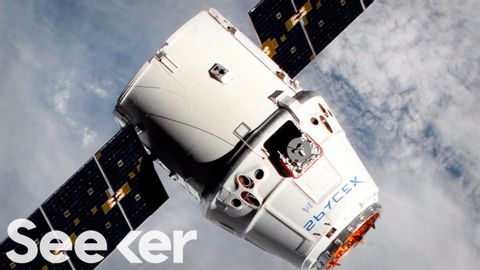SpaceXのファルコン9号は、画期的な科学をISSに送り込む (SpaceX’s Falcon 9 Is Sending Groundbreaking Science to the ISS)
林宜悉 が 2021 年 01 月 14 日 に投稿  この条件に一致する単語はありません
この条件に一致する単語はありませんUS /ˌɑpɚˈtunɪti, -ˈtju-/
・
UK /ˌɒpə'tju:nətɪ/
- n. (c./u.)機会;好機;仕事の機会;ビジネスチャンス
US /ˈdɛmənˌstret/
・
UK /'demənstreɪt/
- v.t./i.表す;(集会 : 行進などによる)デモをする;証明する : 実証する;実演する : 実際にやって見せる
US /rɪˈsɚtʃ, ˈriˌsɚtʃ/
・
UK /rɪ'sɜ:tʃ/
- v.t./i.研究する;市場調査をする
- n. (c./u.)研究;研究分野;研究報告;市場調査
- n. (c./u.)流体;液体;体液
- adj.流れるような;不安定な;流動的な
エネルギーを使用
すべての単語を解除
発音・解説・フィルター機能を解除

